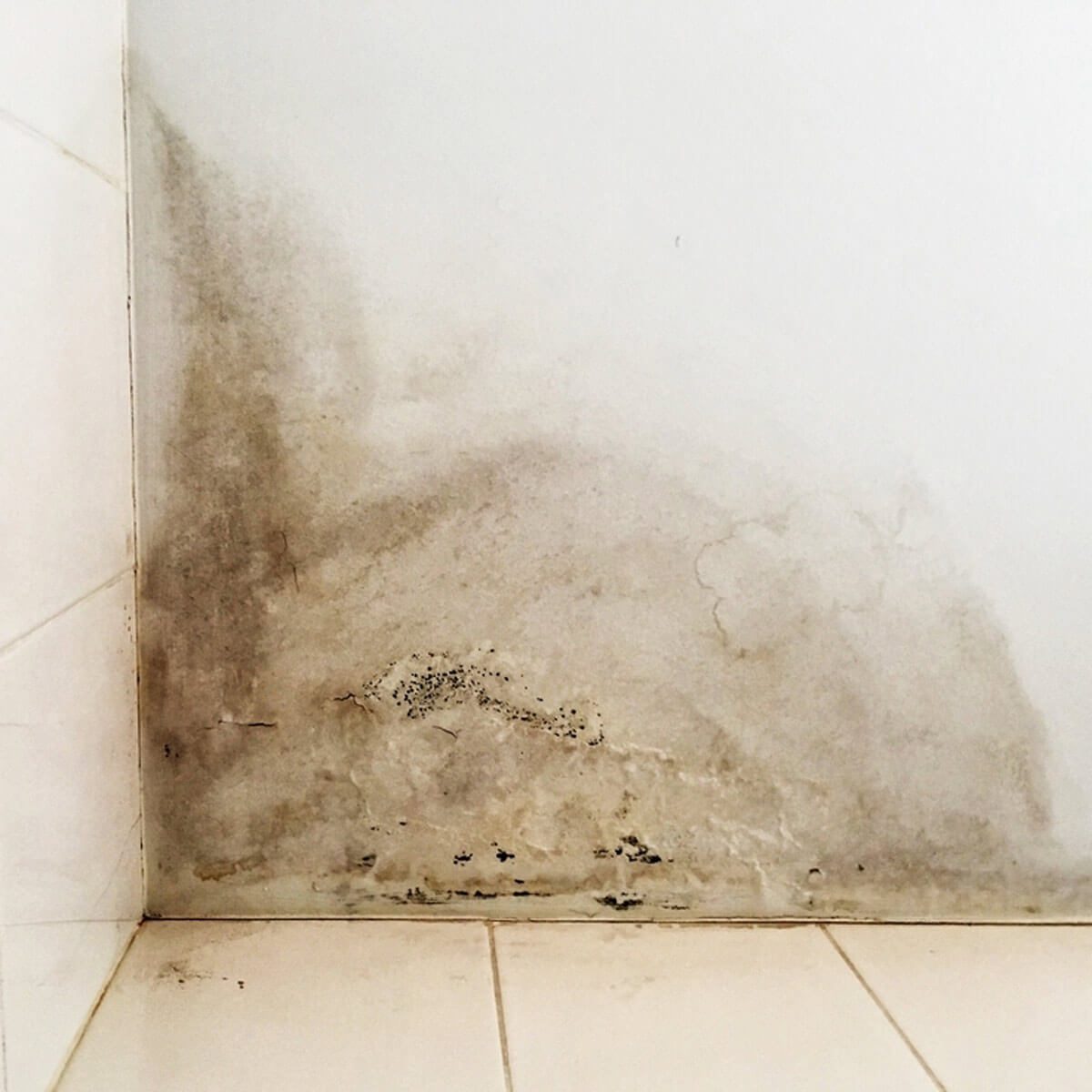6 Water Damage Repair Do's and Don'ts.
6 Water Damage Repair Do's and Don'ts.
Blog Article
The author is making a number of good pointers on the subject of Preventing Fires and Water Damage In Your Home overall in this article followed below.

Though water offers life, water intrusion on components where it's not intended to be can result in damage. It can peel off away surface areas and also deteriorate the foundation if the water soaks into your structure. Mold and mildew as well as mold additionally grow in a wet setting, which can be unsafe for your wellness. Residences with water damages scent musty and old.
Water can come from several sources such as hurricanes, floodings, ruptured pipes, leakages, as well as sewer issues. In case you experience water damages, it would be excellent to understand some safety preventative measures. Here are a couple of standards on how to handle water damage.
Do Prioritize Home Insurance Policy Coverage
Water damages from flooding because of hefty winds is seasonal. You can likewise experience a sudden flooding when a faulty pipe instantly bursts into your residence. It would certainly be best to have home insurance coverage that covers both disasters such as all-natural calamities, and emergency situations like busted plumbing.
Do Not Forget to Turn Off Utilities
In the event of a catastrophe, particularly if you reside in a flood-prone area, it would be recommended to shut off the major electric circuit. This removes power to your entire home, avoiding electrical shocks when water comes in as it is a conductor. Moreover, do not neglect to shut off the main water line valve. When floodwaters are high, furnishings will move around and also cause damages. Having the major valve shut down avoids more damage.
Do Remain Proactive and also Heed Weather Condition Alerts
Tornado floodings can be very unpredictable. Remain proactive and prepared if there is a background of flooding in your area. If you live near a creek, lake, or river , listen to evacuation warnings. Take out belongings from the very beginning as well as cellar, then put them on the greatest possible degree. Doing so lowers prospective residential property damage.
Don't Disregard the Roofing System
You can avoid rain damages if there are no holes and leakages in your roof covering. This will certainly avoid water from flowing down your wall surfaces as well as saturating your ceiling.
Do Take Notice Of Little Leaks
A ruptured pipeline doesn't take place over night. You may discover bubbling paint, peeling off wallpaper, water touches, water discolorations, or trickling audios behind the wall surfaces. Have your plumbing fixed prior to it results in massive damage.
Do Not Panic in Case of a Ruptured Pipe
Keeping your clearheadedness is essential in a time of crisis. Since it will stifle you from acting quickly, worrying will only worsen the issue. Timing is crucial when it comes to water damage. The longer you wait, the even more damage you can expect. Hence, if a pipe bursts in your residence, quickly turned off your main water shutoff to cut off the source. Disconnect all electrical outlets in the location or transform off the circuit breaker for that part of the home. Ultimately, call a trustworthy water damage reconstruction specialist for support.
Water provides life, water invasion on parts where it's not expected to be can result in damages. Houses with water damage smell musty and also old.
Water damages from flood dues to hefty winds is seasonal. You might observe bubbling paint, peeling wallpaper, water touches, water spots, or dripping audios behind the wall surfaces. When it comes to water damage, timing is essential.
Some Do's & Don't When Dealing with a Water Damage
DO:
Make sure the water source has been eliminated. Contact a plumber if needed. Turn off circuit breakers supplying electricity to wet areas and unplug any electronics that are on wet carpet or surfaces Remove small furniture items Remove as much excess water as possible by mopping or blotting; Use WHITE towels to blot wet carpeting Wipe water from wooden furniture after removing anything on it Remove and prop up wet upholstery cushions for even drying (check for any bleeding) Pin up curtains or furniture skirts if needed Place aluminum foil, saucers or wood blocks between furniture legs and wet carpet Turn on air conditioning for maximum drying in winter and open windows in the summer Open any drawers and cabinets affected for complete drying but do not force them open Remove any valuable art objects or paintings to a safe, dry place Open any suitcases or luggage that may have been affected to dry, preferably in sunlight Hang any fur or leather goods to dry at room temperature Punch small holes in sagging ceilings to relieve trapped water (don't forget to place pans beneath!); however, if the ceiling is sagging extremely low, stay out of the room and we'll take care of it DO NOT:
Leave wet fabrics in place; dry them as soon as possible Leave books, magazines or any other colored items on wet carpets or floor Use your household vacuum to remove water Use TV's or other electronics/appliances while standing on wet carpets or floors; especially not on wet concrete floors Turn on ceiling fixtures if the ceiling is wet Turn your heat up, unless instructed otherwise

I am just very fascinated with Safety Tips To Prevent Fire And Water Damage and I am assuming you enjoyed the new blog entry. Loved our posting? Please share it. Help somebody else discover it. I thank you for reading our article about Reducing Your Risk Of Water And Fire Damage At Home.
Report this page